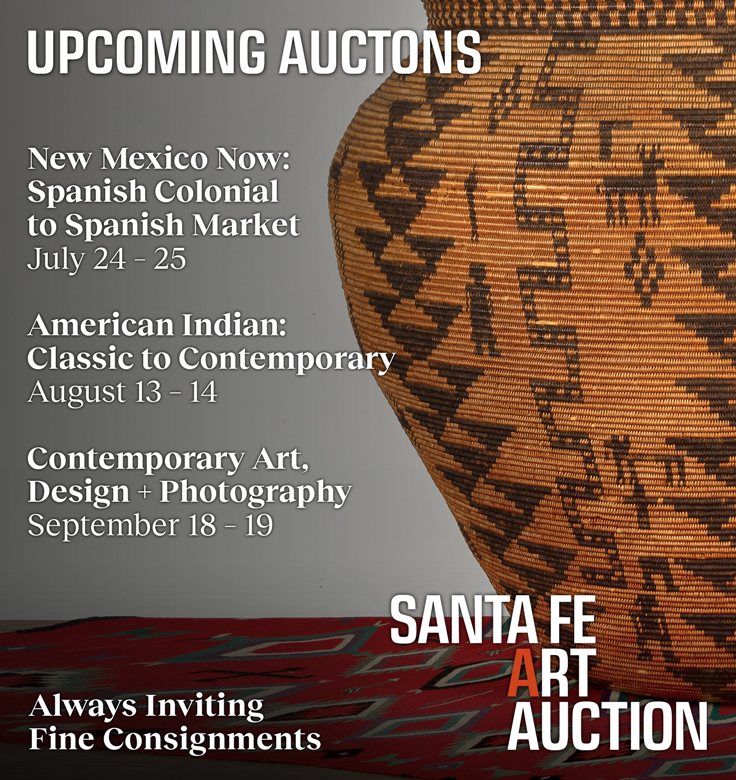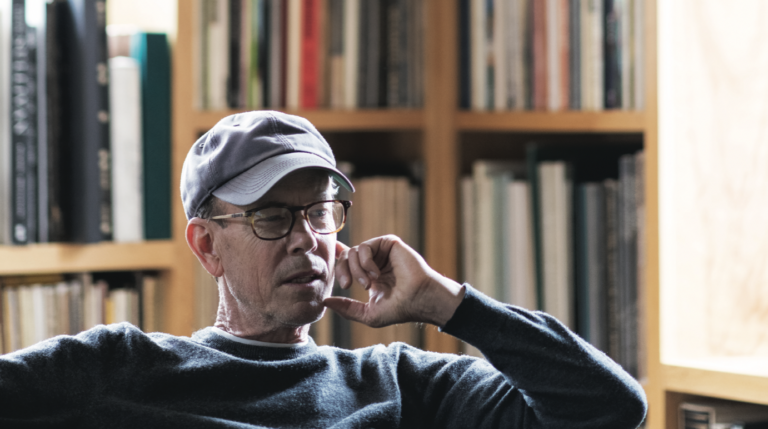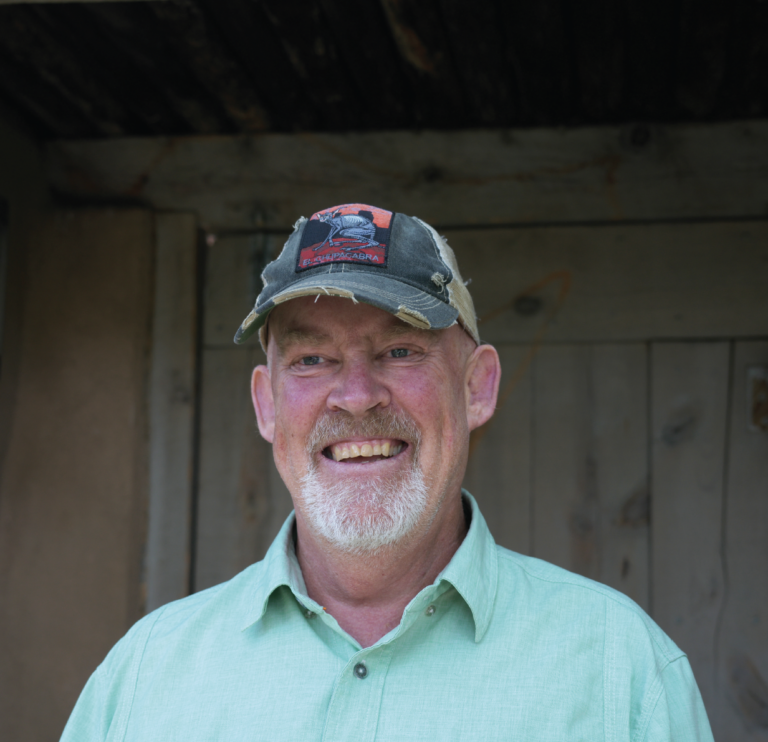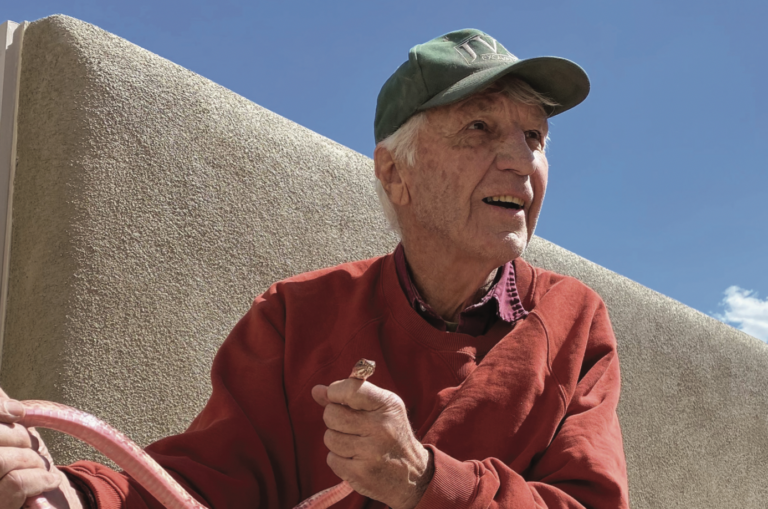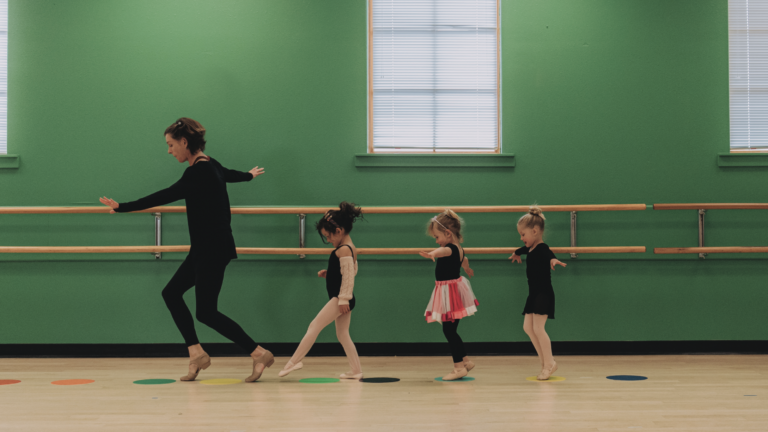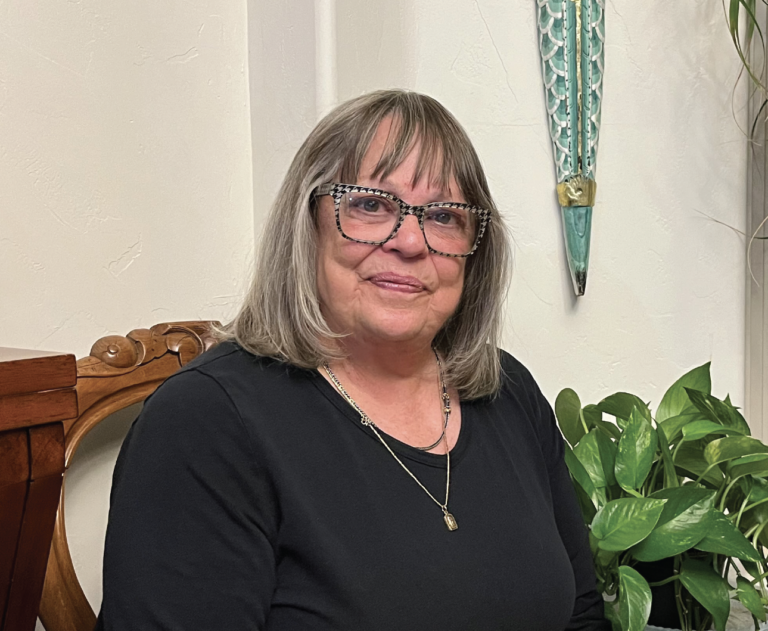THERE IS A SPECIAL PROVIDENCE in getting to really know a parent – at any age. It has a poignancy: Act IV of the parent’s life and Act II of the child’s life.
Western literature begins with Homer’s Odyssey, where Telemachus is looking for his father – and vice versa. The father-son fascination never lost its grip in literature and mythology, yet we don’t hear much about father and daughter.
Jill Momaday has spent more time with Scott Momaday in the last few years than she did when she was growing up. He had become a legend at 35, a certified great man, and the world asked a lot of him. He lived large.
Jill evolved on her own — as an actress, model, and filmmaker. But her role as matriarch, mother, grandmother, and guardian of her father is the role of a lifetime.
And now she is on the cusp of her next act. She is writing, contemplating more acting, and handling her father’s literary estate. She is about to embark on something very powerful.
Jill is a firmly-grounded warrior. After all, her Kiowa name means standing solidly. And she knows it’s her turn now.
We were talking about buffaloes. What was your experience of watching Ken Burns’ The American Buffalo documentary?
It was heart wrenching. We got the screeners because my dad was in it and I helped with it. After watching this whole comprehensive history of what happened here, it got into my guts and heart and choked me in the throat.
I was stunned. I was crawling around on the floor sobbing, and I called my dad and I said, My God, dad, what did you think? This was so hard to watch.
I mean, there were 30 million buffalo on this continent. They were so abundant and so beautiful. It was our way of life. We put everything to use from the buffalo.
This is what we’re living with. I feel these things in my being. I feel this thing that I’ve always felt. As a little girl, I’ve always felt this exuberance when I’m out in nature. I can be walking or playing or just outdoors, and I’ll see something that excites me in the landscape, the light or a cliff or the sky or the clouds. And I get this overwhelming exuberance of feeling my essence come alive in nature. And as Indigenous people, we don’t separate ourselves from nature. It’s part of who we are. And you innately feel that it’s something that you are when you are born of Native American ancestry.
How does that translate when so much of what we call nature is being hurt?
It’s devastating. It’s scary for me. It’s scary for my family, but it’s a part of the world. I mean, I’m hopeful. I like to try to be optimistic. I look at what my ancestors went through generations ago and how they survived, how they had hope. I mean, they lived through great atrocities and near genocide.
It’s so shameful what we non-Indigenous people did. How do you deal with that?
It’s hard. I walk. I dance around the house. I’m surrounded by art and artifacts and things and that help me. I do find that I have anger in me. I’m a warrior. I really am. I’ve always been a warrior and I have a lot of anger issues that will bubble up from time to time. And sometimes I don’t know what to do with them, but I find that when I walk or I run or I’m just outside, it really helps.
What do you mean by describing yourself as a warrior?
I’m fierce. I’m really a strong woman. And I’ve always been that way. When I was young, we would go to Oklahoma where my dad was born and where my Kiowa people are, and we would attend the Gourd Dance, which happens on the 4th of July, which happens to be my birthday. And so I was immersed in this ceremonial life. You have the drum and you’re dancing on the sacred Earth and everybody is in their regalia. You just feel it. Everybody feels it collectively.
It’s just such a beautiful feeling. When I was eight, I was given a naming ceremony. The three of us girls were named. So my Kiowa name that my grandfather Fred Seidel gave me, means standing solidly. And I’ve always related to that. That’s who I was from the moment I came in. It means strong, fierce, connected to the earth, enduring and warrior like. I take after my dad’s mom, Natachee. She was a fierce woman, part Choctaw and Cherokee, part French and English. My mom is German and Irish. She grew up in Chicago. She was amazing. My mom was the anchor of our family, and she was a tower of strength, very unique and smart and beautiful. I get it from all sides.
WANT TO READ MORE? SUBSCRIBE TO SANTA FE MAGAZINE HERE!
Photo SFM

